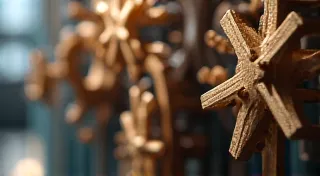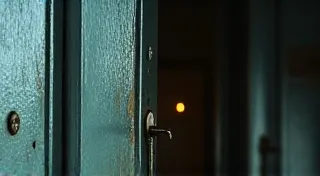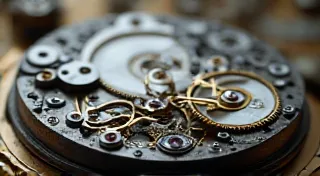When the Frame Fails: Understanding and Repairing Slide Projector Film Carriers
There's a peculiar melancholy that clings to vintage slide projectors. They're not just machines; they’s time capsules, portals to moments preserved in miniature. They whisper of family gatherings, cherished vacations, and the vibrant spirit of an era when slides were the pinnacle of amateur photography. Like an old accordion, meticulously crafted and designed to produce beautiful sounds, these projectors are intricate testaments to mechanical ingenuity. But what happens when the delicate mechanism that holds those memories – the film carrier – fails? When the frame itself falters, the magic fades.
I remember my grandfather’s projector, a Kodak Carousel 1000. It wasn't just a projector; it was an institution. Every Christmas Eve, the room would dim, and the familiar whir would fill the air. Each slide, bathed in the warm glow, told a story – a story he’s eager to share, a narrative spun from shared experiences. The Carousel’s film carrier, a clever carousel-style mechanism, was the unsung hero of that ritual. Its precision was remarkable, transporting each slide with a quiet grace. One year, it jammed. Not a dramatic failure, but a subtle hesitation, a slide that wouldn’t advance. The magic felt diminished, the shared laughter slightly muted. It wasn’t the slides themselves that were the problem, but the mechanism that displayed them.
The Unsung Hero: What is a Film Carrier?
The film carrier, sometimes referred to as a slide magazine, is the heart of any carousel or slide projector. It’s the assembly that holds the slides and feeds them into the light path for projection. Early projectors used simple, linear carriers. Later models, like the Carousel series, employed rotating magazines to automate the process. The complexity varied significantly. Some were brutally simple, little more than a spring-loaded magazine. Others involved sophisticated indexing systems, optical sensors, and even miniature escapements.
Beyond the mechanical complexity, consider the craftsmanship involved. These carriers weren’s stamped out in a factory; they were assembled, often by skilled technicians. The plastic used was chosen for its optical clarity and durability (though, sadly, most plastics degrade with age). The metal parts – gears, levers, and springs – were often precision-machined, reflecting a dedication to quality that's largely absent in modern mass production. Examining a vintage film carrier today – whether in pristine or dilapidated condition – is like holding a piece of forgotten artistry in your hands.
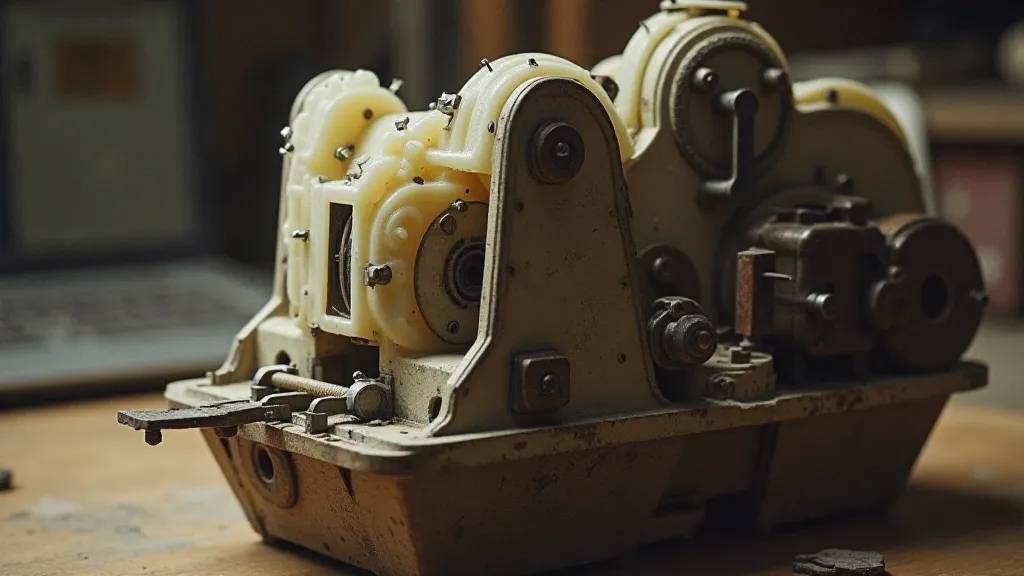
Common Failures and Their Causes
So, what causes these crucial components to fail? It’s usually a combination of factors. Age, of course, is the biggest culprit. Plastic components become brittle and crack. Lubricants dry out, leading to friction and binding. Metal parts corrode. Furthermore, improper handling – forced loading, incorrect slide sizes – can damage the carrier’s delicate mechanisms.
Here's a breakdown of common issues:
- Cracked or Broken Plastic: The most common problem. Often occurs at stress points, like where the slides lock in. This is exacerbated by temperature fluctuations and UV exposure.
- Binding and Friction: Dried lubricants and accumulated dust/debris cause slides to stick.
- Gear Stripping: Gears, particularly those made of softer plastics, can strip, preventing the carrier from advancing.
- Spring Fatigue: Springs lose their tension, leading to inconsistent slide advancement or complete failure to load.
- Misalignment: The entire carrier can become misaligned, preventing proper slide registration and projection.
Diagnosis and Repair Techniques
Diagnosing the problem is the first step. A careful visual inspection is often sufficient to identify cracked plastic or obvious mechanical failures. A gentle cleaning with compressed air can dislodge loose debris. A bit of patience and a steady hand are essential here. Never force anything; that's how you create *more* problems.
Repair techniques vary depending on the nature of the fault:
- Plastic Repair: For hairline cracks, specialized plastic repair kits can be used. These typically involve applying a two-part adhesive that bonds the plastic back together. The repaired area will often be slightly visible, but it should restore the carrier's structural integrity. More severe cracks might require replacing the entire carrier – a challenging but sometimes feasible task.
- Lubrication: Applying a silicone-based lubricant to moving parts can significantly reduce friction and improve slide advancement. Avoid oil-based lubricants, as they can attract dust and gum up the mechanism.
- Spring Replacement: Replacing fatigued springs requires sourcing a compatible replacement. This can be difficult, as vintage parts are often scarce. Sometimes, resourceful hobbyists can adapt springs from other devices.
- Gear Replacement/Repair: Stripped gears can be replaced if a matching replacement is available. In some cases, damaged gear teeth can be carefully repaired using epoxy or a similar adhesive.
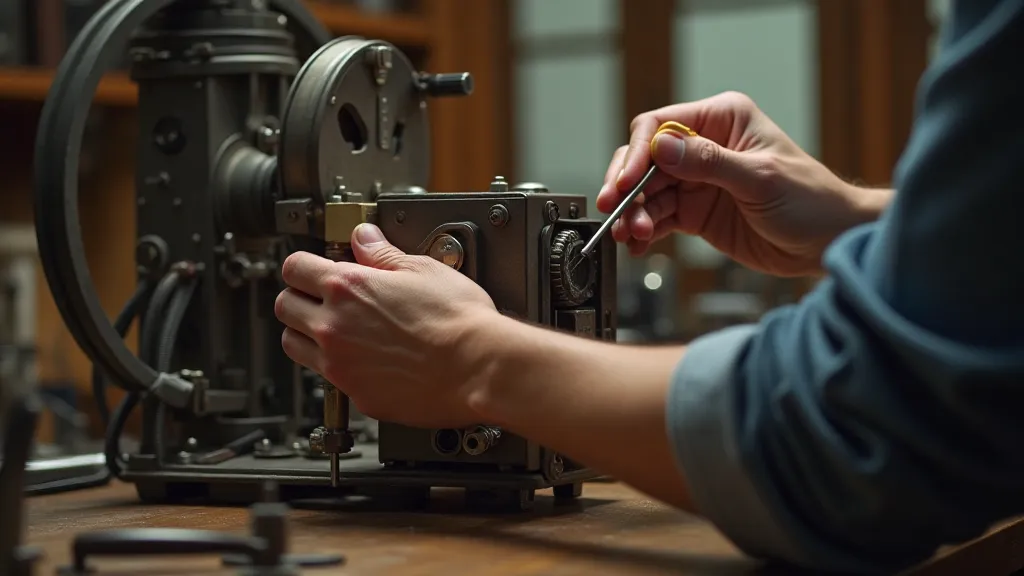
Sourcing Parts & Preserving the Legacy
Sourcing parts for vintage slide projectors can be a scavenger hunt. Online auction sites (like eBay) are often the best bet, but it’s important to be patient and persistent. Vintage projector repair forums and communities are invaluable resources for information, advice, and sometimes even parts. These communities are populated by passionate hobbyists who share a deep appreciation for these analog treasures.
Beyond the technical aspects, repairing a vintage slide projector is an act of preservation. You’re not just fixing a machine; you’re restoring a link to the past. You’re ensuring that cherished memories continue to be shared and enjoyed for generations to come. Imagine your grandchildren gathered around that projector, experiencing the same sense of wonder and connection that you felt as a child.
The craftsmanship of these projectors is a testament to a different era – an era when quality and durability were valued above all else. By taking the time to repair and restore these machines, we’re not only preserving memories, but also honoring the skill and dedication of the artisans who created them. The soft glow of the projector, the whir of the motor, the gentle advance of the slides – these are experiences that deserve to be cherished and passed on.
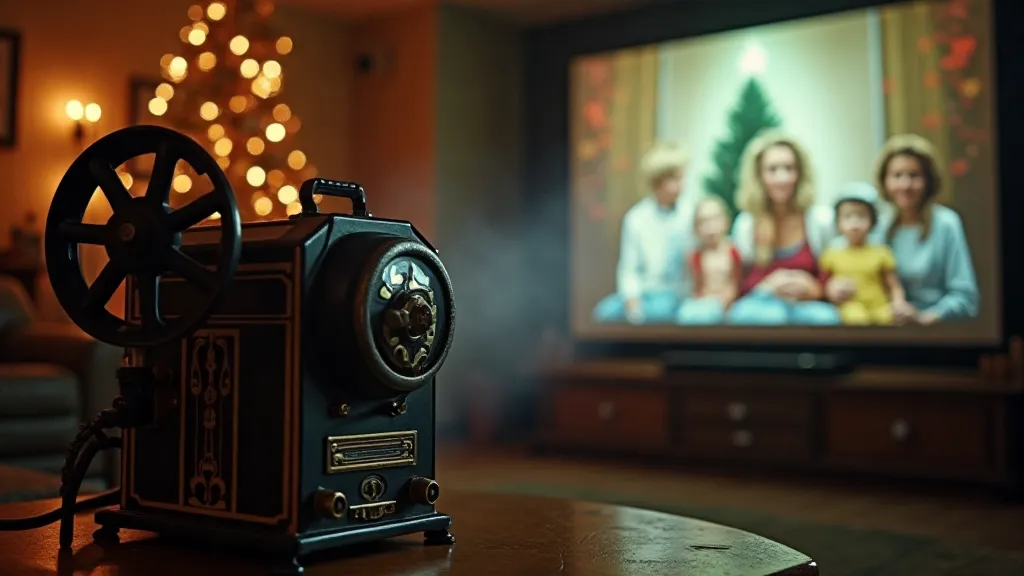
Beyond Repair: Considerations for Collectors
For serious collectors, a damaged film carrier represents a different kind of challenge. A pristine projector, even one from a common model, increases in value considerably. However, a damaged projector with original parts can be a valuable "project" – an opportunity to restore it to its former glory. The key is to preserve as much of the original equipment as possible. Replacement parts are often available, but they’re rarely as desirable as the originals, both for their aesthetic and historical value.
Ultimately, understanding and repairing vintage slide projector film carriers is more than just a technical exercise; it’s a journey into the past, a celebration of craftsmanship, and a testament to the enduring power of analog photography. When the frame fails, it’s an opportunity to reconnect with the magic of shared memories and the artistry of a bygone era.
